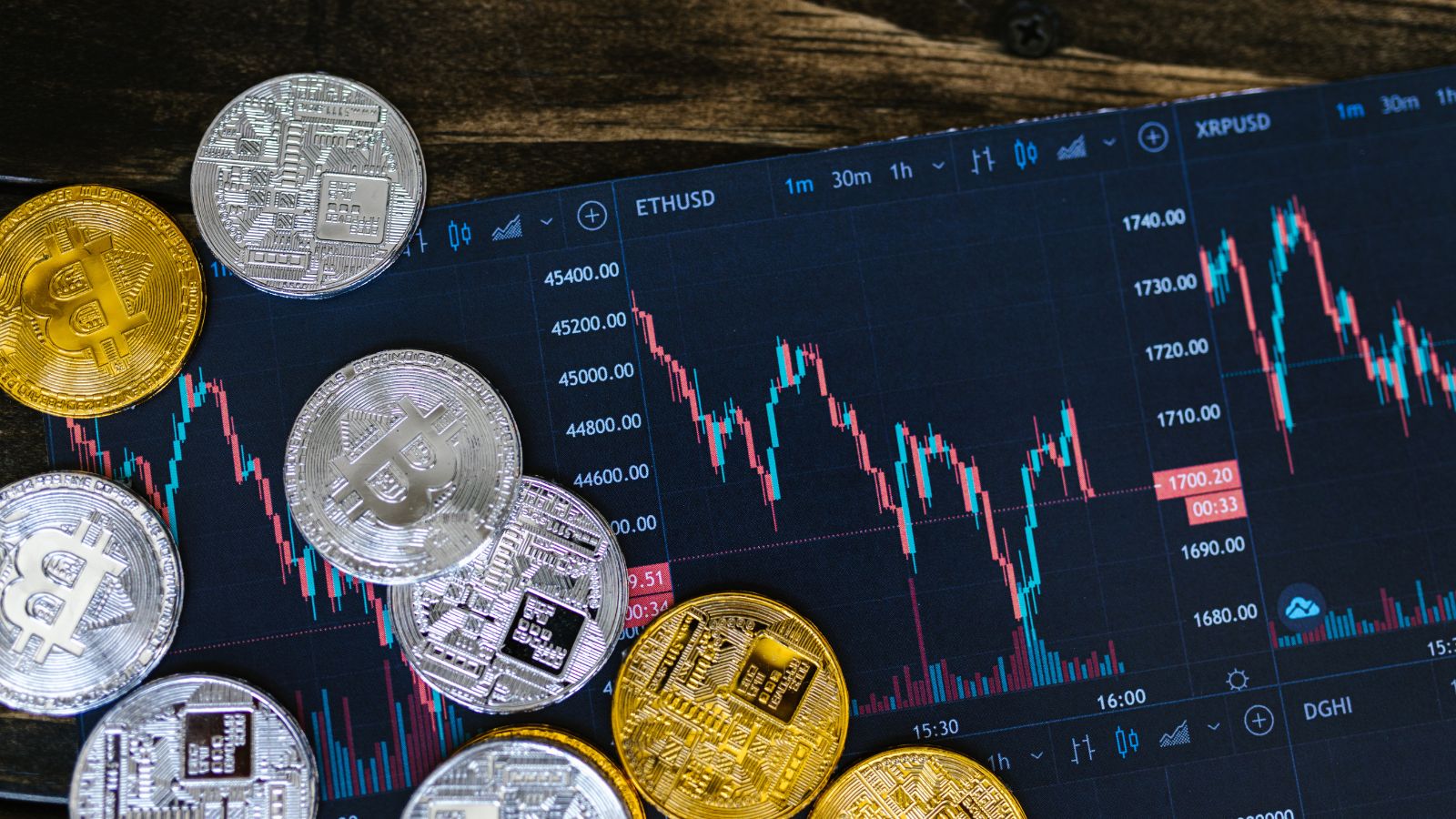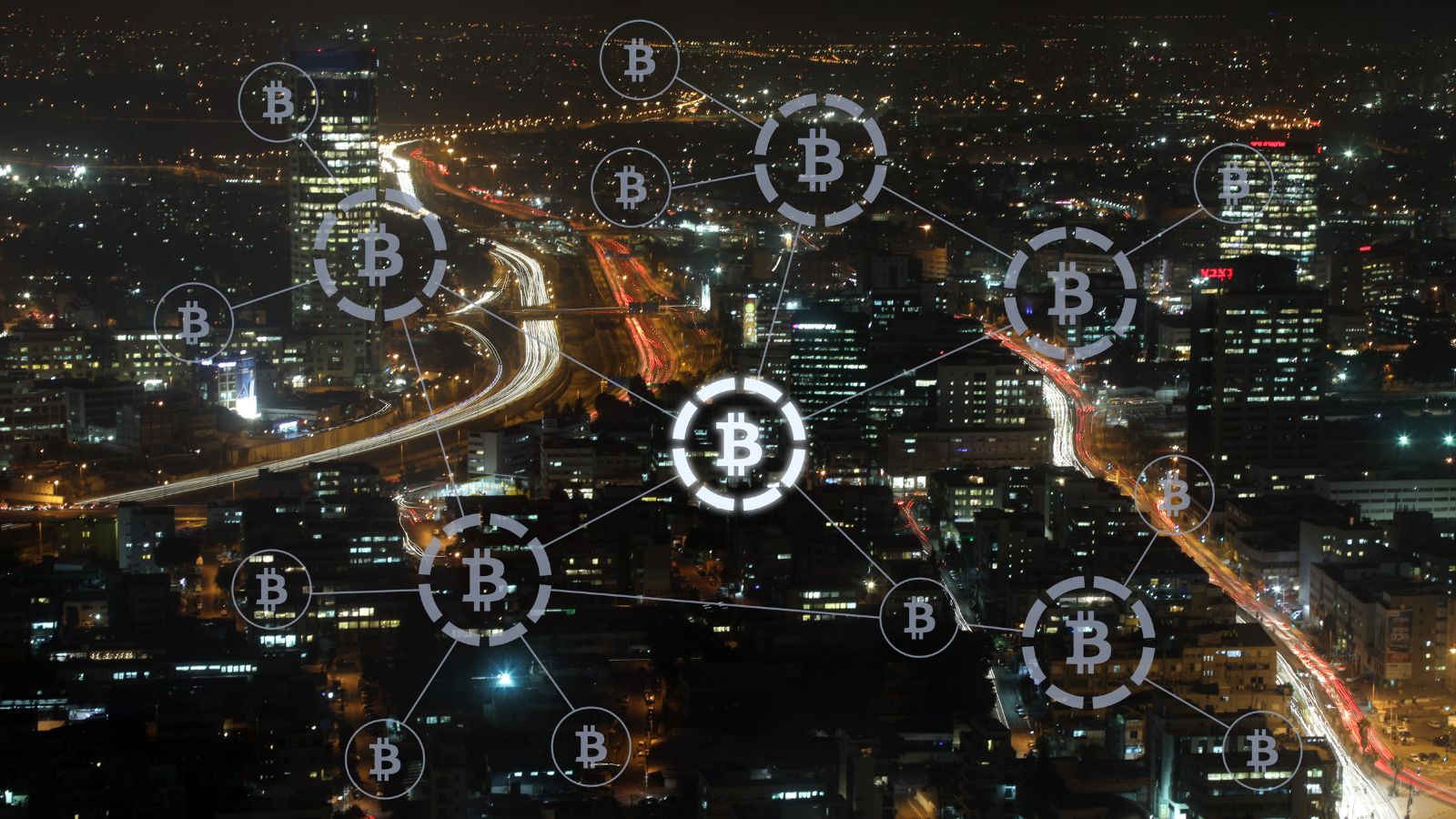In the ever-evolving world of digital currencies, a new contender has emerged: the Chia blockchain. It’s a cutting-edge technology that’s been making waves in the crypto community. Unlike its counterparts, Chia’s innovative approach to “farming” rather than mining positions it as a greener alternative in the blockchain space.
The brainchild of BitTorrent’s creator, Bram Cohen, Chia leverages the power of unused hard drive space for its network security. This unique approach not only reduces the energy consumption associated with traditional mining but also democratises access to cryptocurrency. This introduction will delve deeper into the workings of Chia blockchain and its potential to reshape the future of digital currencies.
Chia Blockchain
Transitioning from its nascent introduction, the crux of this section embellishes the fundamental aspects of Chia Blockchain.
The Basics of Chia
Primarily, Chia Blockchain, labelled as a green alternative to cryptocurrencies, originates from the mind of Bram Cohen, the progenitor of BitTorrent. Rather than employing traditional mining methods, Chia prefers an innovative method – “farming.” Predominantly, it assigns unused hard drive space, paving the path for network security strengthening, enhancing broader access to cryptocurrency, and mitigating detrimental environmental considerations. A glance at Bitcoin, an established digital currency that extensively employs minerals, might display a stat: An annual energy expenditure of 130.9 terawatt-hours. In contrast, China aspires to diminish this ecological toll typical of digital cryptocurrencies.
The Technology Behind Chia Blockchain
Emphasising the unique Chia Blockchain technology, it utilises a newly designed consensus algorithm called Proof of Space and Time (PoST). Essentially, this algorithm replaces the traditional mining process with a more eco-friendly alternative known as “farming.” A user’s chances of earning reward in this framework relate directly to their available disk storage, an aspect that substantially reduces energy consumption. PoST fortifies a more stable system, vastly impeding any potential for monopoly control by an energy-rich participant.
 The Chia Network
The Chia Network
The Chia Network presents unique features and benefits, upholding principles of sustainability and inclusivity. The process of Chia farming distinguishes itself by its non-intensive, storage-dependent methodology. Notably, Chia’s approach to security, using Proof of Space and Time, advances the network’s objective of equitable and efficient cryptocurrency operations.
Key Features and Benefits
First and foremost, Chia Network illustrates an important shift in cryptocurrency mechanisms, propelled by its green initiative. The network embraces unused hard disk space for its operations instead of consuming vast energy resources. With space as the primary asset, Chia attracts users with diverse storage capacities, democratising access to blockchain benefits. Additionally, its PoST consensus algorithm promotes decentralisation by prioritising available storage over computational prowess, deterring monopolistic tendencies seen in conventional blockchain systems.
The Chia Farming Process
Chia farming signifies a radical departure from the traditional concept of cryptocurrency mining. Unlike mining that needs powerful equipment and enormous energy, Chia farming banks on available storage space. Users, referred to as ‘farmers’, allocate a certain portion of their hard drive for storing cryptographic numbers. An algorithm then selects these numbers at random intervals during a challenge. The ‘farmer’ with the closest number wins the challenge and earns Chia coins. This hard disk-based process extends opportunities to a wider user base, driving the inclusivity goal of the Chia Network.
 Economic and Environmental Impact
Economic and Environmental Impact
The economic and environmental repercussions of the Chia blockchain warrant careful examination. This sustainability-focused, inclusive blockchain model affects both sectors in significant ways, making it a noteworthy topic within the broader cryptocurrency conversation.
Chia’s Tokenomics
China’s economic model, or tokenomics, presents a distinct departure from dominant practices. Chia’s implementation prioritises a more inclusive and balanced system, distributing a predetermined number of tokens, namely Chia coins, at its launch. New tokens join the supply pool through farming, not mining, thanks to its Proof of Space and Time (PoST) consensus algorithm.
Environmental Sustainability of Chia
Chia’s commitment also extends to environmental preservation. The ‘farming’ model, a novel approach, reduces the energy required for coin creation. Its PoST algorithm focuses on storage capacity, in stark contrast with traditional proof-of-work mechanisms which are widely criticised for their high energy demands.
